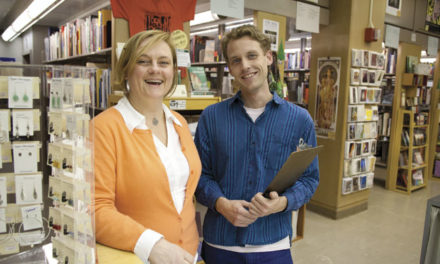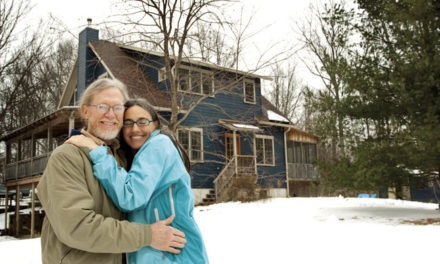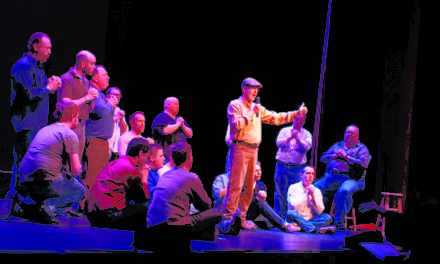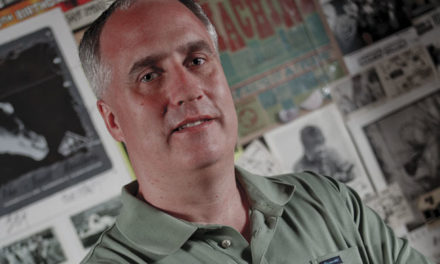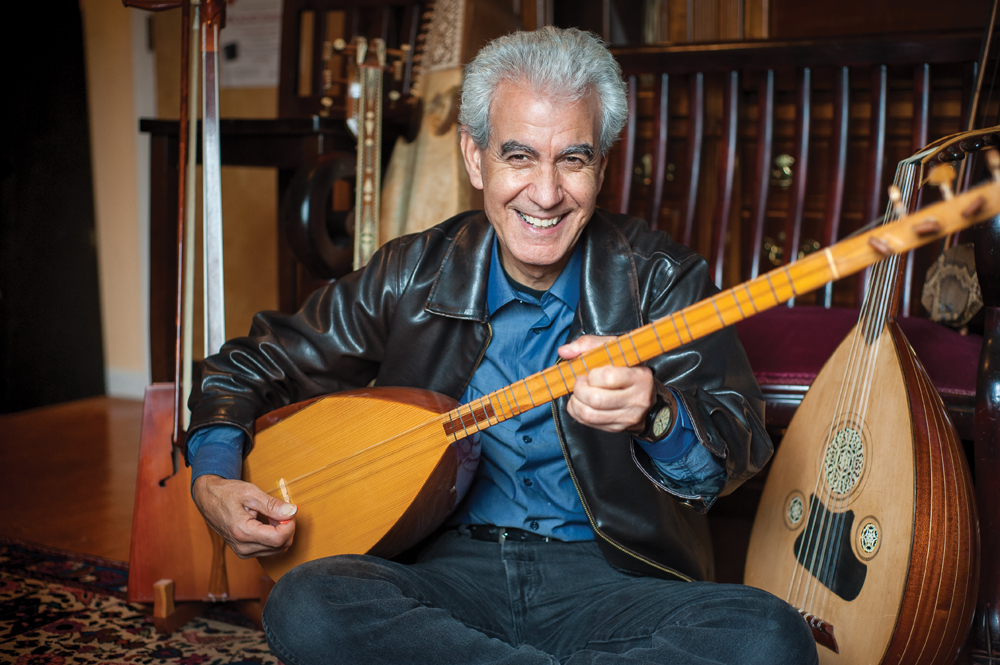
Shahyar Daneshgar with just a few of the traditional instruments he has collected from around the world. Photo by Rodney Margison
BY OLIVIA DORFMAN
Morin khuur. Dayereh. Balaban. Kamancheh. The very names of
Shahyar Daneshgar’s musical instruments evoke faraway lands. For more than 30 years, the Indiana University professor has been collecting traditional instruments from around the world, nearly all handmade.
Crafted from wood, snakeskin, horsehair, lambskin, nacre, and camel bone, their artistry is obvious. Some are bulbous, others delicate. Some have intricate marquetry, others are rough-hewn.
Many are ancestors of modern-day instruments. The Iranian tar led to the sitar and to our guitar; the Azerbaijani balaban became the Renaissance shawm and its successor, the oboe; the Afghan robab (Medieval Europe’s rebec) evolved into today’s cello.
Daneshgar, 65, earned his Ph.D. in 1995 from IU in Central Eurasian studies, but he is also a lifelong musician. “Music is oxygen for me,” he says. “Without it, I can’t survive.” From a large, musical family, as a child Daneshgar studied at the Tehran Conservatory of Music in Iran.
Originally planning a medical career, he earned a degree in biology in Bremen, Germany, before deciding to come to the United States. Then, the 1979 Islamic Revolution swept Iran. “Due to the changes in Iran, I wanted to study cultures, languages, music, folklore, humanities—to focus on the Middle East, the Caucasus, and Central Asia–Turkic studies,” he says. “IU was the place in the nation. It still is.”
Since arriving in Bloomington in 1980, Daneshgar has helped create several musical organizations. “In the 1980s, The Progressive Iranian Music Group had nine or 10 people,” he recalls. “We concertized at major universities around the U.S.” Later, he was one of the founders of the Lotus World Music & Arts Festival. In 2006, he founded the Silk Road Institute, which he still directs. He regularly performs with the affiliated Silk Road Ensemble, and guest artists from central Eurasia and the Middle East.
His collection of 70 instruments has been exhibited at the IU Eskenazi Museum of Art, and at the Fort Wayne FAME (Foundation for Art and Music in Education) festival. In the future, he hopes it might find a permanent home with an organization that would safeguard it and share it with the public.
“Not put in storage,” he adds. “In an educational facility like WonderLab, but for music.”


